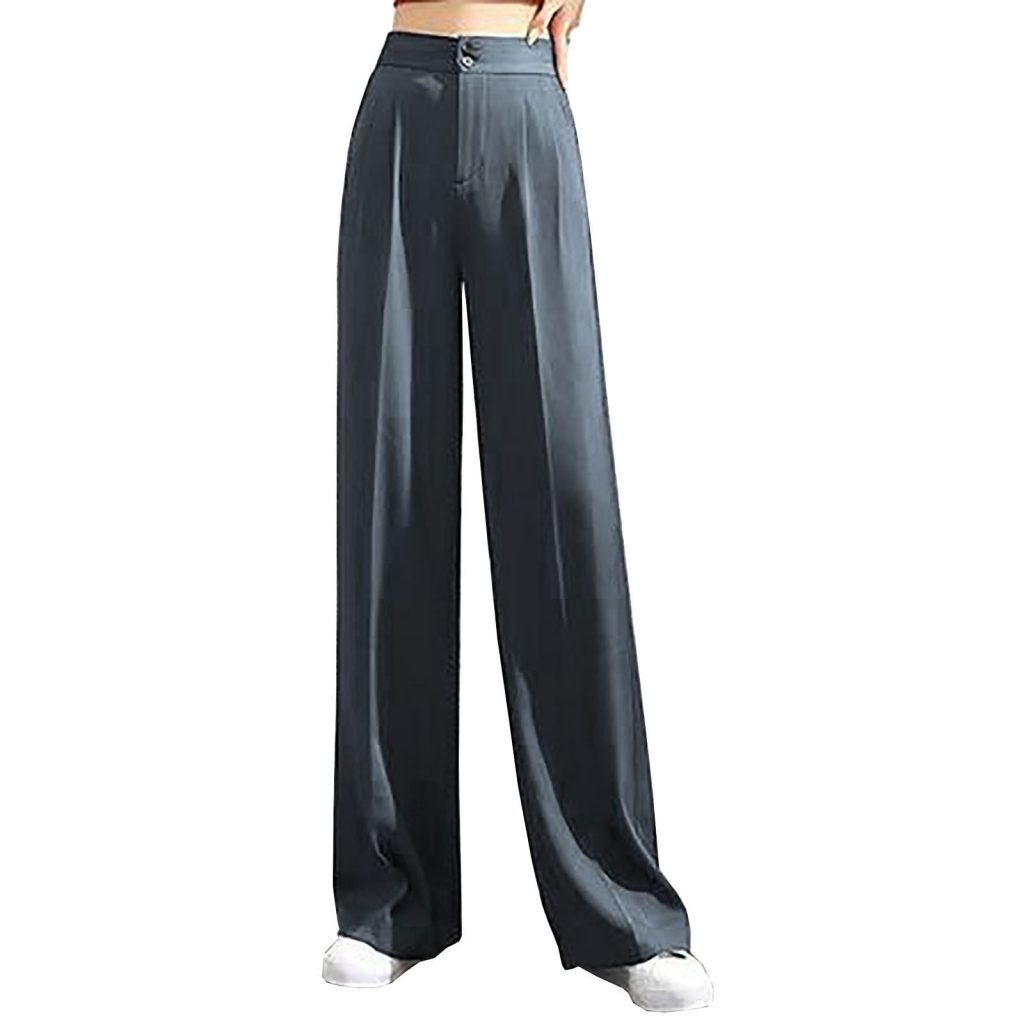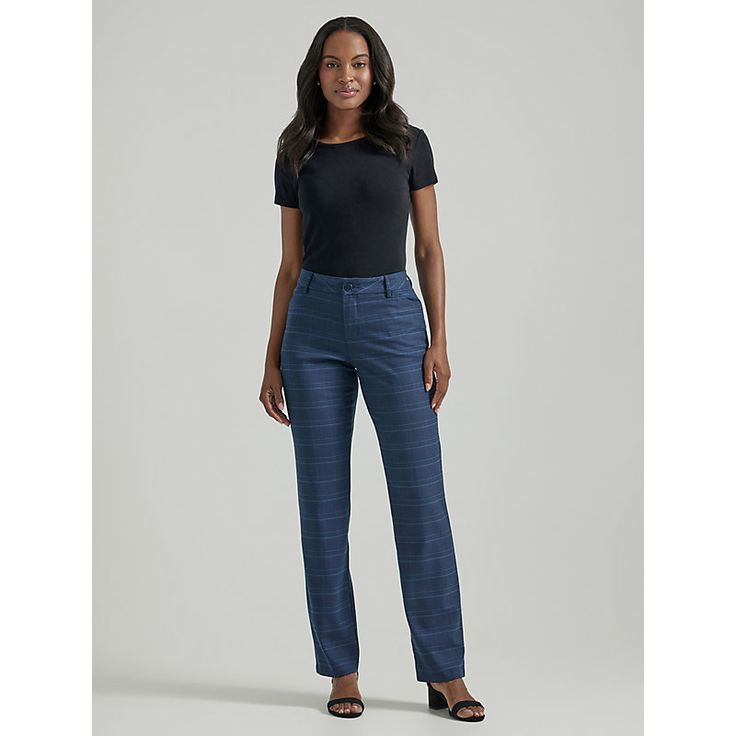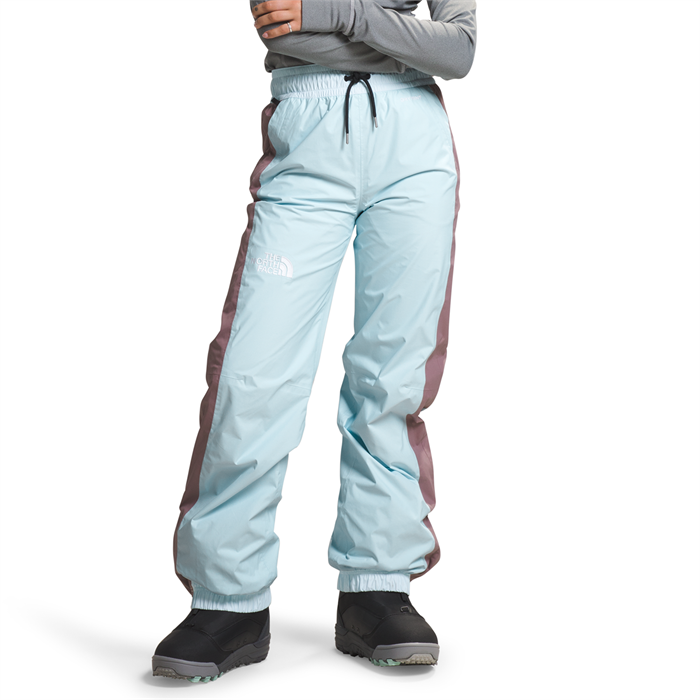How to hem your own pants? Hemming your own pants is a valuable skill that allows you to achieve the ideal fit and avoid the inconvenience and expense of visiting a tailor. Whether you need to adjust the length of dress pants, jeans, or casual trousers, hemming enables you to personalize your wardrobe to suit your preferences. In this comprehensive guide, we will provide step-by-step instructions on how to hem your own pants, empowering you to achieve professional-looking results and ensure that your pants fit perfectly. By following these techniques, you’ll be able to confidently tackle any hemming project and enhance the overall appearance of your garments.

Measuring and Marking
- Gather the necessary tools and materials.
- Prepare the pants for hemming.
- Determine the desired length of the black pants.
- Measure and mark the new hem length using pins or tailor’s chalk.
Marking the Hem Line
- Choose a suitable hem style.
- Utilize a hem gauge or ruler to mark an even hem width.
- Transfer the marked measurements onto the pant legs.
Removing the Original Hem
- Mark the original hemline if necessary.
- Carefully remove the original hem using sharp scissors or a seam ripper.
Hemming Methods
Traditional Hand Hemming Technique:
- Thread the needle and knot the end of the thread.
- Fold the fabric along the marked hemline and secure the fold with pins.
- Use neat and even hand stitches to sew the hem, focusing on accuracy and invisibility.
- Finish off the hand hem with a secure knot.
Sewing Machine Hemming Technique:
-
- Select the appropriate sewing machine needle, thread, and stitch length.
- Fold the fabric along the marked hemline and secure with pins.
- Sew the hem using a straight stitch, ensuring the fabric stays aligned and the stitches are even.
- Finish off the machine hem with a backstitch or reverse stitch to secure the thread.
Invisible Hemming Techniques
Blind Hem Hand Stitch Technique:
- Fold the fabric along the marked hemline and secure with pins.
- Thread the needle with a matching thread and knot the end.
- Begin sewing from the inside of the folded fabric, catching only a few threads from the outer layer.
- Take small, almost invisible stitches on the folded fabric and occasionally catch a few threads of the outer layer.
- Keep the stitches evenly spaced and conceal the knots within the folded fabric.
Blind Hem Sewing Machine Technique:
-
- Set the sewing machine to the blind hem stitch or blind hem foot setting.
- Fold the fabric along the marked hemline, securing with pins.
- Line up the fold with the blind hem guide on the sewing machine.
- Stitch along the fold, allowing the machine to create small zigzag or straight stitches that will secure the hem invisibly.
Finishing Touches
- Trim any excess fabric or thread.
- Press the newly hemmed pants using an iron to ensure a crisp and polished finish.

How to clean own pants women best
Properly cleaning women’s own pants is essential for maintaining their quality, prolonging their lifespan, and keeping them looking fresh and stylish. Different fabrics and care requirements necessitate various cleaning techniques, and understanding these nuances will help you effectively clean and care for your pants.
Understanding Fabric Types and Care Labels
Analyzing Fabric Care Labels:
- Decoding fabric care symbols and instructions.
- Importance of following care label instructions for optimal cleaning.
- Common Women’s Own Pants Fabrics and Their Cleaning Techniques:
- Cotton Pants: Suitable machine washing techniques, recommended water temperature, and proper drying methods.
- Polyester Pants: Appropriate cleaning methods, ironing tips, and heat sensitivity precautions.
- Denim Pants: Special considerations for washing denim, preventing color fading, and maintaining its unique look.
Machine Washing Techniques
Sorting and Preparing Pants for Washing:
- Separating pants by color, fabric type, and care requirements.
- Pre-treating stains and addressing specific issues like spills or dirt.
- Choosing the Correct Washing Machine Settings:
- Determining the ideal water temperature for different fabric types.
- Selecting the appropriate wash cycle and specialized options like pre-wash or delicate mode.
- Laundry Detergents and Additives:
- Opting for mild, suitable detergents to avoid fabric damage.
- Using fabric softeners and laundry boosters for optimal results.
Hand Washing and Alternative Cleaning Methods
Hand Washing Delicate Pants:
- Preparing a gentle hand wash solution using mild detergents or specialized products.
- Agitating the fabric gently without causing excessive damage.
- Thoroughly rinsing and properly air-drying wash dress pants.
- Dry Cleaning and Professional Care:
- Evaluating the need for professional dry cleaning based on fabric type and care instructions.
Maintaining and Refreshing Pants
Wrinkle Removal and Ironing Techniques:
- Setting appropriate ironing temperatures according to fabric types.
- Employing proper ironing techniques to ensure wrinkle-free pants without harming the fabric.
- Stain Removal and Spot Cleaning:
- Addressing spills promptly to minimize staining.
- Using suitable stain removers and pre-treatment methods for various types of stains.
- Storage and Seasonal Care:
- Properly folding or hanging pants to prevent creasing and maintain their shape.
- Storing pants in clean, dry areas, shielding them from sunlight and pests.

Advantages of own pants women
Women’s own pants have become an integral part of modern fashion, offering a wide range of benefits that make them a favorite choice among women of all ages and lifestyles. With their versatility, comfort, and ability to effortlessly transition from casual to formal occasions, women’s own pants have become a wardrobe staple.
Different Styles of Women’s Own Pants:
- Wide-leg Pants: The elegant and flowy silhouette of wide-leg pants adds a sophisticated touch to any outfit while ensuring comfort and freedom of movement.
- Skinny Pants: Skinny pants provide a sleek and streamlined look, perfect for creating a modern and chic ensemble with various tops and shoes.
- Bootcut Pants: With a slight flare at the hem, bootcut pants offer a balanced and flattering style that pairs well with both casual and dressier attire.
- Fabric Choices and Textures:
Versatility in Outfit Combinations
Casual and Cool Attire:
- Pair women’s own pants with a basic tee or a flowy blouse for a relaxed and casual look.
- Add sneakers or ballet flats for a comfortable yet fashionable ensemble.
- Professional and Polished Looks:
- Combine tailored pants with a crisp button-down shirt or an elegant blouse for a sophisticated office outfit.
- Choose heels or loafers to elevate the overall appearance.
Formal Occasions:
-
- Dress up women’s ripped pants with a stylish blouse and a blazer for a chic and modern approach to formal attire.
- Opt for statement accessories and heels to complete the ensemble.
Comfort and Ease of Wear
Freedom of Movement:
- Women’s own pants offer flexibility and comfort, allowing for easy movement and activities throughout the day.
- Stretchy materials or relaxed cuts provide an extra level of comfort, ideal for active lifestyles.
Versatile Fit:
- Women’s own pants come in a range of sizes and cuts, catering to different body types and personal preferences.
- Options like elastic waistbands or adjustable drawstrings ensure a comfortable fit for all-day wear.
Practicality and Easy Care:
- The durability of women’s own pants ensures longevity, even with frequent wear and washing.
- Low-maintenance fabrics often require simple machine washing or hand washing for effortless cleaning.

Conclusion:
By learning how to hem your own pants, you gain the ability to achieve the perfect fit and customize your garments to your liking. This comprehensive guide has provided step-by-step instructions for measuring, marking, and hemming pants using various techniques. Regardless of whether you prefer hand hemming or utilizing a sewing machine, these techniques allow you to attain professional-looking results. By mastering the art of hemming, you can confidently tailor your own pants and enjoy garments that fit impeccably. Let these valuable skills empower you to take control of your wardrobe and perfect the fit of your pants with DIY tailoring.
Tags: casual pants, Pants, women's pants